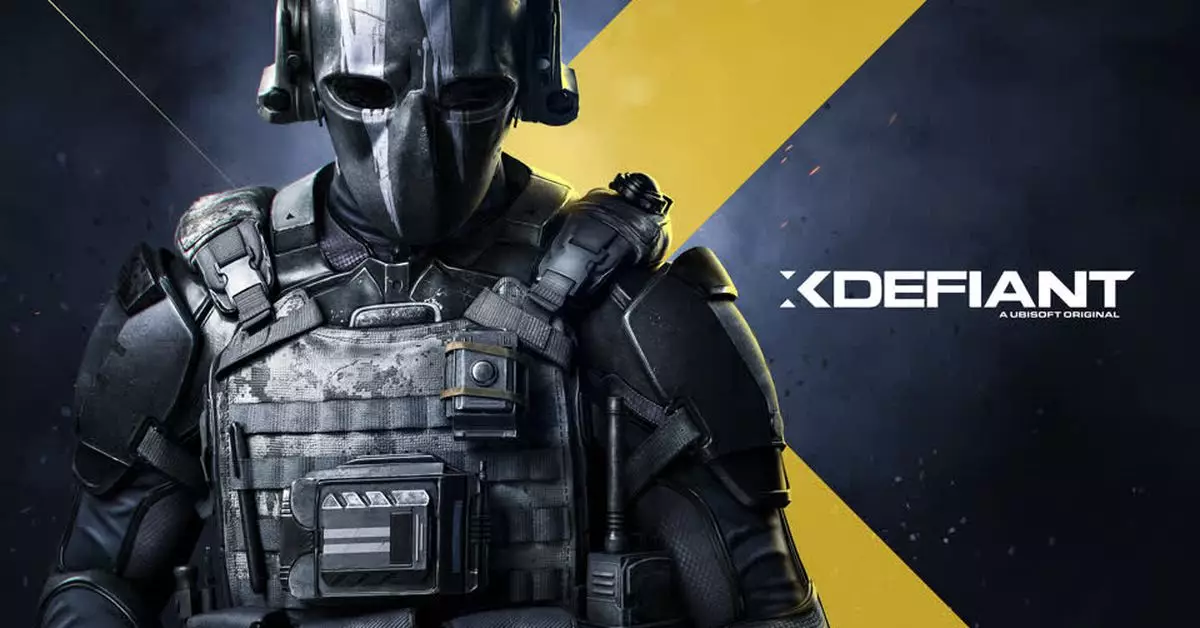Ubisoft has recently made headlines by announcing the termination of XDefiant, its free-to-play team-based shooter game, despite having launched it just a few months ago in the spring of this year. The decision to end development of the game, reminiscent of previous disappointments like Hyper Scape, serves as a cautionary tale for gaming companies that navigate the turbulent waters of player interest and market demand. Originally, Ubisoft aimed to attract a vast audience, citing an impressive milestone of over 1 million players during its closed beta phase. However, the enthusiasm surrounding XDefiant quickly dissipated, culminating in an impending shutdown that is set to take place in June 2025.
Upon its official launch, XDefiant reportedly gathered an impressive user base, claiming that over 10 million players engaged with the game shortly after its debut. Interestingly, while statistics painted a rosy picture, reality struck hard as the game’s engagement waned over the subsequent months. By autumn, insider reports indicated that concurrent players had plummeted below 20,000, raising significant concerns about the game’s longevity and viability. The decline starkly contrasts with initial projections and demonstrates the volatility of the gaming industry, where even promising titles can quickly fade into obscurity.
As XDefiant moves towards its inevitable shutdown, the challenges of sustaining a gaming community become painfully clear. Competitive online games must not only attract players but also keep their interest through regular content updates and engaging gameplay mechanics. Despite Ubisoft’s best efforts, including the announcement of a planned Season 3 content release and commitments to maintaining features for existing players, it appears that player retention eluded them. Many in the community are left wondering what went wrong, raising questions about game design choices, marketing strategies, and the overall execution of the project.
In a bid to salvage some goodwill, Ubisoft has committed to refunding players who purchased specific in-game content, like the Ultimate Founders Pack and recent transactions involving virtual currency and downloadable content. Such gestures often serve as essential steps to retain consumer trust but can be seen as inadequate in the face of demonstrated failure to deliver a sustainable product. Looking ahead, the gaming industry must analyze the factors contributing to the rapid rise and fall of titles like XDefiant.
The rise and fall of Ubisoft’s XDefiant illustrates not just the highs and lows of game development but also the critical importance of understanding player expectations and the landscape of competitive gaming. As studios continue to innovate and release new titles, they must take these lessons to heart. The industry is rife with opportunities, but it’s also filled with pitfalls that can turn initial success into a fleeting moment. Ultimately, XDefiant’s demise serves as a reminder that in the world of gaming, maintaining player interest is as vital as the initial surge of excitement that a new title brings.

